Self consumption of rooftop solar-generated electricity is Australia’s cheapest electricity bet, never mind that sucking up the solar onsite helps electricity networks manage grid voltage and power quality at times of peak solar generation.
Although batteries are the logical answer to saving lunchtime solar for later, they’re still too pricey for most homeowners. A new study led by Dr Baran Yildiz of the University of New South Wales’ School of Photovoltaic and Renewable Energy Engineering (SPREE) shows that storing excess lunchtime solar in the giant thermal battery — an electric hot water tank — already onsite at more than 50% of Australian households can save them an extra $100 a year on their electricity bills for minimal upfront investment. Aaaand homeowners can still have 20-30% of their excess solar to play with.
“Hot water storage tanks can store more energy than a Tesla Powerwall, in thermal form,” Yildiz tells pv magazine Australia. And although that energy is not recoverable as electricity, it serves a relentless residential need — water heating typically makes up around 25% of a household’s electricity demand.
For the purposes of the study, Yildiz and the Collaboration on Energy and Environmental Markets (CEEM) team developed an intelligent water-heating control (IWHC) tool in collaboration with Solar Analytics, which channels excess rooftop generation into the household water heater. The IWHC makes its decisions based on a household’s PV generation characteristics, electricity consumption and hot water use patterns, and real-time energy monitoring.
The IWHC — a complexity of algorithms in a simple piece of hardware — was pitted against two commercially available tools: timer-based switching of excess solar energy into water heating, and more sophisticated diverter technology, which has so far not been widely adopted.
The three technologies were each installed and tested in around 10 households and the resulting data was validated and parlayed into simulation models that were then applied to a broader set of electricity data from 380 Australian households in the greater Brisbane, greater Sydney and greater Adelaide areas.
Hot and strong results
Although the diverter tech came out on top in terms of savings delivered, at an average $170 a year, its higher upfront cost means that the cheaper IWHC, delivering $100 average savings, is a more cost-effective solution. The timer came in at $80 average annual saving.
The results indicate that, “on average, households can utilise 2.4 kWh, 1.8 kWh and 3.4 kWh, of daily excess distributed-PV generation for water heating, using the IWHC, timer and diverter, respectively”, says Yildiz’s paper (Assessment of control tools for utilizing excess distributed photovoltaic generation in domestic electric water heating systems), published in the 15 October edition of the journal Applied Energy.
The outcomes were surprising to Yildiz on a number of fronts. Firstly, he says the research showed, “we can provide 48%, almost half, the daily requirement of energy for heating water using excess solar generation while providing 100% customer comfort”. That is, you’ll always get a nice hot shower.
Then, he says the fact that there’s still residual — between 20% and 30% — excess solar, opens up the possibilities of further deploying this cheapest energy source for other household duties, such as “pre-heating or pre-cooling the house, or for charging electric vehicles …” or for timely use of an electric pool pump or pool heater.
A hangover of politics past
Head of School at SPREE, Professor Alistair Sproul, emphasises the benefits of using excess solar to keep hot water topped up compared to the now old-world idea of heating water with off-peak energy — at night, when demand used to be at its lowest.
Off-peak electricity tariffs (discounted between 10pm and 7am) were introduced “when New South Wales had an abundance of coal-generated electricity and it wanted to keep them running — you don’t want to ramp these things down too much overnight,” Sproul told pv magazine Australia.
Off-peak electricity tariffs, he explains, were introduced to push gas-fired hot-water heating out of the game — “They were deliberately designed to cannibalise the gas industry, so the electricity industry could flourish.”
Despite the fact that demand is now often overwhelmed during the middle of the day by an abundance of PV generation, and wholesale electricity prices can spin into the negative, electricity retailers are still propping up night-time demand by offering “off-peak” rates.
Says Sproul, “The off-peak electricity tariff in NSW is probably now 12 to 14 cents per kilowatt hour between 10pm and 7am, but what’s the lifecycle cost of PV coming off your roof?”
He calculates that rooftop PV, installed at even $2,000 per kilowatt (which is at the higher end of the range) “is about seven or eight cents a kilowatt hour — to the consumer who uses it”.
Keep your PV where you can see the benefits
“Baran’s paper shows that if you can avoid buying electricity from the grid, even at 12 cents a kilowatt hour off-peak, by using your PV excess in the middle of the day to heat your water, you can make savings,” concludes Sproul.
Self consumption of rooftop solar also has environmental benefits in that the electricity generated is immediately used on site rather than being exported to the grid for use elsewhere; that is, any transmission of electrons results in losses along the line, whittling away at the original bounty of renewable energy.
Yildiz says the outcomes of SPREE’s hot-water-as-a-super-solar-soaker study have already informed the Australian Energy Market Commission’s plans to better integrate energy storage systems into the National Electricity Market, and that energy distribution network service providers, such as AusGrid, Energy Queensland and Endeavour Energy are keen to apply the IWHC technology, which is likely to be scaled up in the near future.
“With this paper,” says Yildiz, “we wanted to show that it’s fine to invest in batteries, but we already have hot water heaters — why don’t we implement this easy, low-hanging fruit first!”
This content is protected by copyright and may not be reused. If you want to cooperate with us and would like to reuse some of our content, please contact: editors@pv-magazine.com.
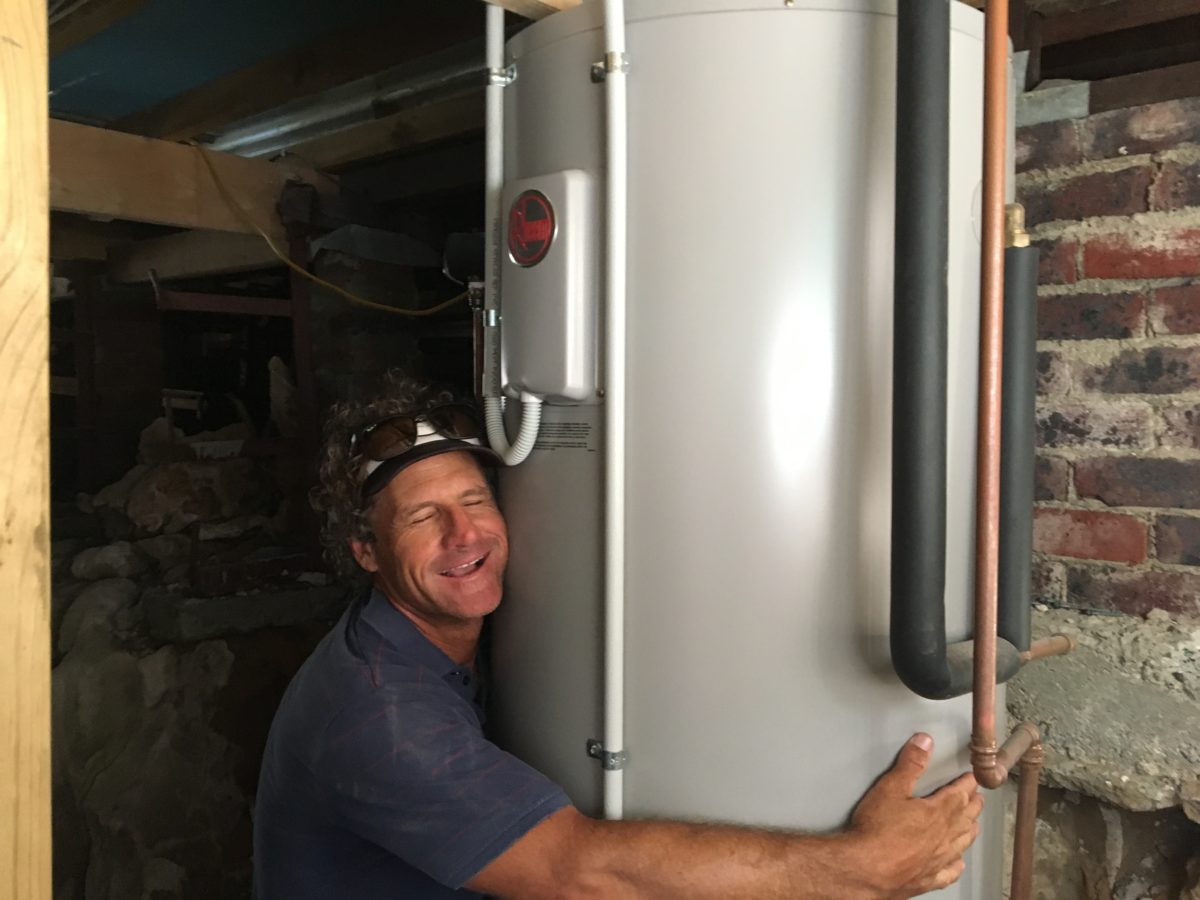



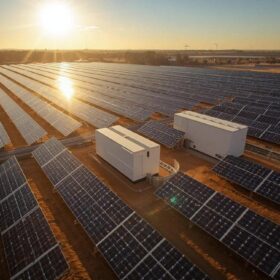
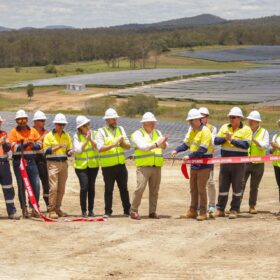
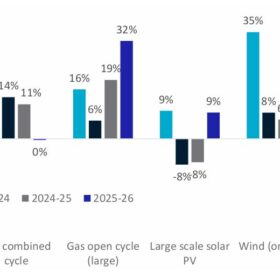

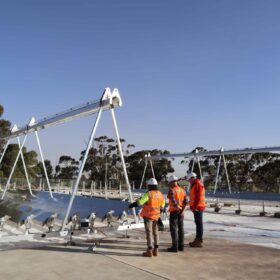
Hi,
I have been using timed mid-day hot water heating for ages: I calculated that even on cloudy days I do not draw much from the grid. I used this in a new build of 2 townhouses. I fitted 2.4Kw elements to the storage hws. found running the timer for 4.5 hrs/day was sufficient.
It is important to use a contactor with the time switch, due to reliability of the timeswitch contacts even at 10A.
At home we charge our EVs from solar PV. I have an East-West facing array to maximise early & late solar pv.
Personally, I feel the cost of a smart diverter switch is not justified. When I built my units, the hardware was abt $700 each.
The big advantage of using Solar PV to heat water is that the tanks can be split: Use smaller tanks close to the bathrooms & laundry so water wastage can be minimised. A smaller tank can even be installed in the kitchen.
I have not been a fan of rooftop mounted HWS for a long time. The installation cost is higher, the pipe runs are long, & repairs are more costly (than storage HWS). Also there is more area for PV! (an average house needs about 1.5kw of extra panels (or lose about 1KW) to maintain the expected PV. This is about the area of the Rooftop HWS anyway with modern panels.
Dedicated direct DC PV should be the future of all hot water. There are thermostatically controlled systems available from overseas on ebay for about $350.
A simpler option for areas that don’t experience many cloudy days, is to simply put a timer on the hot water to soak up AC PV in the middle of the day.